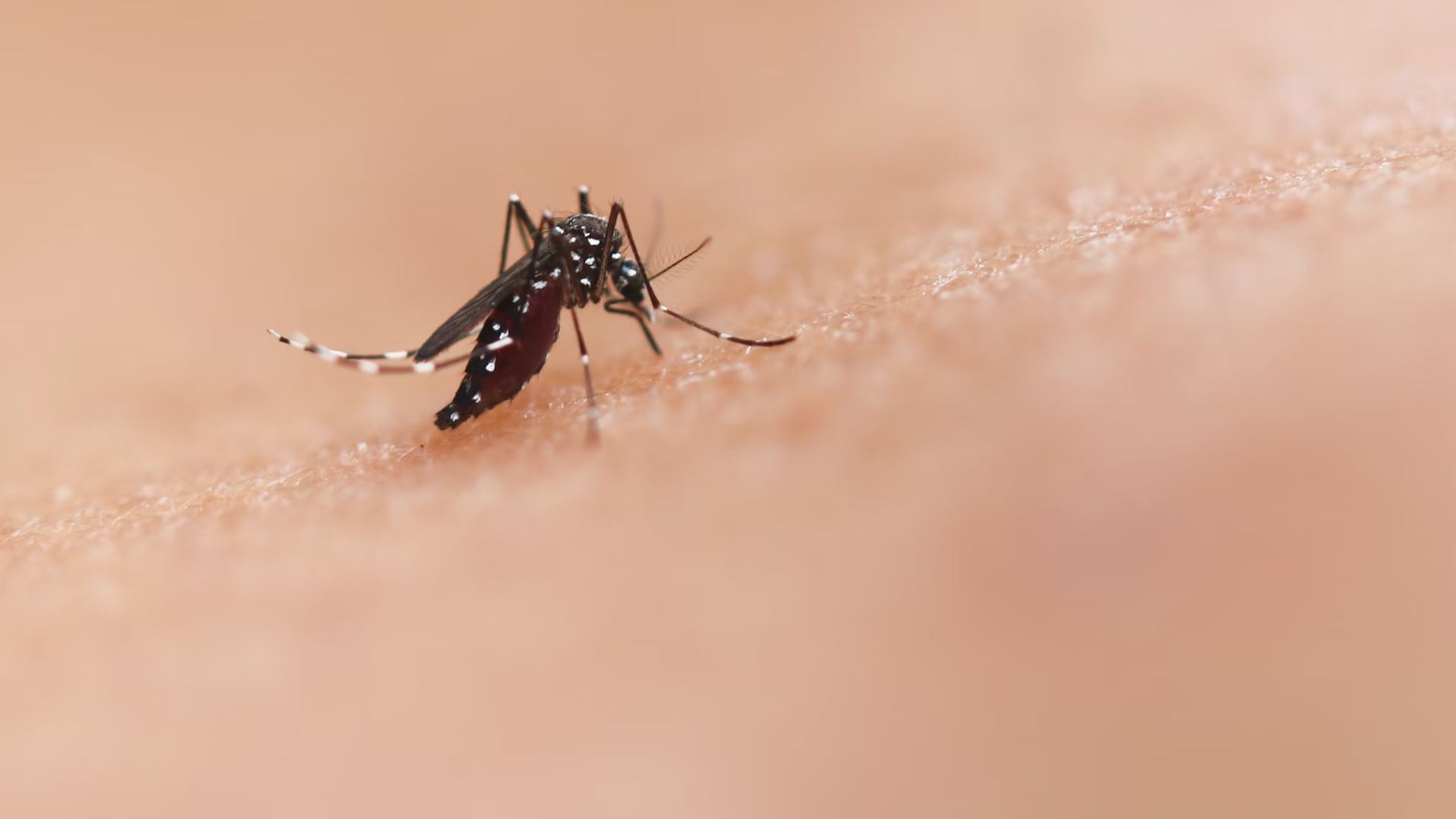New Delhi: Countermeasures against mosquitoes are available in a range of forms including liquids, coils, lotions, creams, sprays, roll-ons and patches. All of these approaches have limitations, with the formulations losing effectiveness over time. The formulations may also contain toxic ingredients, and cannot be applied directly onto the skin. Researchers from IIT Delhi, from the Department of Textile and Fibre Engineering have developed an innovative new mosquito repellant in the form of a detergent. The detergent is available in both powder and liquid form, and perform as well as the commercial detergents in the market when it comes to effectiveness at cleaning.
The textile materials washed with these detergents become unattractive for mosquitoes, preventing bites. Mosquitoes use a specialised elongated mouth part known as the proboscis for sucking out blood. The proboscis can easily penetrate the fabric structure, but the detergent discourages them from landing on the textile material itself. The mosquito-repellant properties are regenerated after each wash, and as clothes tend to be washed frequently, the fabric retains the capability to repel mosquitoes. The detergent offers protection from a number of mosquito-borne diseases including malaria, dengue and chikungunya.
Textile technologies
The team was led by Javed Nabibaksha Sheikh, who has previously developed a number of innovative methods to protect fabrics and prevent diseases, including a polymeric dye that imbibes cotton with UV protection, antibacterial and mosquito repelling properties, an antibacterial and breathable waterproof coating for cotton fabrics, a number of mosquito-repelling dyes, as well as linen that is mosquito-repelling, flame-retarding and antibacterial. The researchers have worked closely with a number of textile and chemical industry partners including Auro Textiles, Pidilite and Rossari Biotech Limited. The researchers from IIT Delhi have filed for a patent, and will be moving to make the product commercially available in the market next.
